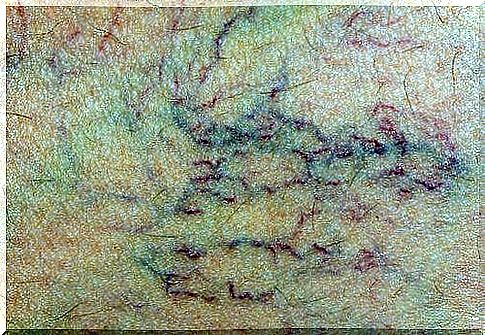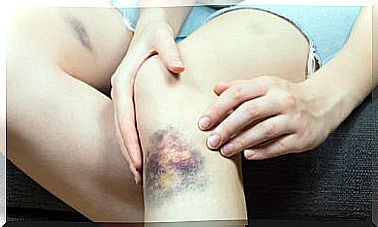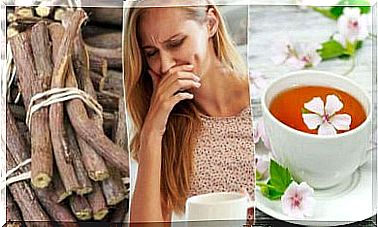Horse Chestnut – Effective In Preventing Varicose Veins
The consumption of the raw flowers, bark or leaves of the horse chestnut must be avoided as they are toxic. Therefore, only finished preparations are recommended.

The horse chestnut has developed into one of the best remedies for varicose veins and heavy legs in recent years.
The problem of venous insufficiency affects a large part of the population and makes everyday life difficult for those affected. In addition, varicose veins are also unaesthetic, which makes this disease even more uncomfortable and complex.
Fortunately, there are many studies in which the effects of the horse chestnut have been confirmed. It protects the veins from fragility and makes them more elastic; it also works well against edema. Similar diseases can also be treated with horse chestnuts.
Good results were achieved under medical supervision, which we will show you below.
What is the horse chestnut?
The horse chestnut is a tree that originated in Asia but can be found all over the world. In fact, we can find the tree in many of our parks as well. Be amazed by the great medicinal benefits of this plant:
- The leaves are very effective for eczema, menstrual cramps, soft tissue swelling in fractures, as well as sprains and even joint pain.
- The bark is used for the treatment of malaria as well as dysentery. It is still being investigated whether it can also be used against lupus and skin ulcers.
- The seeds of the horse chestnut have been researched the best, there are various studies. Thousands of scientific publications prove the effects of the seeds, which contain aescin. This ingredient helps relieve pain and inflammation in the legs. The seeds are an excellent medicine for veins, helping the circulation and preventing water retention. They are also classified as “effective” by the European Register of Natural Medicines. The college of pharmacists from Barcelona (Spain) also underpins these vein-strengthening properties.
How does the horse chestnut work?
The horse chestnut contains the active ingredient aescin, which ensures that the blood can flow smoothly through the veins. Aecin also helps reduce edema as it has a diuretic effect.
This active ingredient is particularly helpful for the feeling of swollen veins and legs, for heavy knees and the inevitable cramps.
Horse chestnut strengthens the capillary vessels, dissolves edema and has an anti-inflammatory effect. It is also good for treating arachnid branching, nasty ulcers as well hemorrhoids suitable.
How do you use horse chestnuts?
Horse chestnuts are available in the form of capsules in natural stores and herb shops. It is a standardized extract from seeds, which is also contained in tablets and ointments.
The most suitable dose is 400 mg a day, which is about two capsules a day. Take these before breakfast and before you eat, this way you can prevent night cramps.
Are there any side effects from the horse chestnut?
We urgently point out that you should never eat leaves, flowers or tree bark raw, as these are poisonous.
It is best to dose products that have been developed in the laboratory, where the ingredients are isolated and those removed that do not provide any health benefits. The following people should also only consume horse chestnut capsules in limited quantities:
Pregnant women, people with diabetes (since horse chestnuts can lower blood sugar) and patients with liver problems (since chestnuts contain an active ingredient that is not beneficial for those affected).
In spite of its Asian origins, as you surely know, this tree is very widespread among us and known to everyone. Use the power of its bark, leaves and seeds, which support our circulation. Horse chestnuts are a natural treasure that can help many people.









